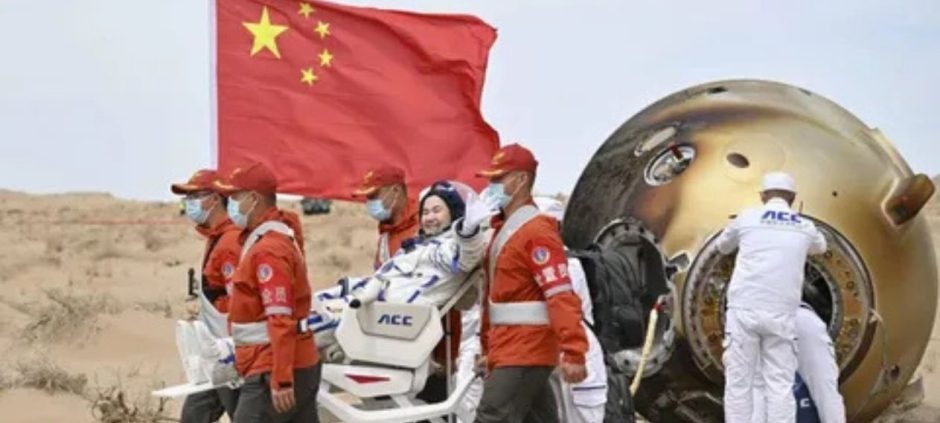China’s Shenzhou-22 spacecraft has been placed on standby after unexpected space debris delayed the planned return of three astronauts from the Tiangong Space Station. The decision was made as a precaution to ensure crew safety amid rising concerns over space junk orbiting near China’s space module.
The Shenzhou-22 mission team confirmed that the spacecraft remains ready to launch if needed for an emergency rescue. Chinese officials said the astronauts aboard the Tiangong station are safe and maintaining normal operations while ground teams monitor debris movement closely. The keyword China’s Shenzhou-22 continues to trend in global space updates as the situation unfolds.
China’s space agency has become increasingly alert about orbital debris, especially after several recent incidents involving fragments from old satellites. These fragments can travel at high speeds, posing serious risks to spacecraft and ongoing missions. The country’s growing human spaceflight program, including China’s Shenzhou-22, shows Beijing’s continued commitment to expanding its space presence while ensuring astronaut safety.
In related developments, China is also preparing for future missions involving international collaboration. A Pakistani astronaut is set to join one of China’s upcoming space expeditions, marking a new milestone for regional cooperation in space exploration.
Experts say the current delay highlights the increasing challenge of managing space traffic as more nations and private companies send satellites into orbit. For now, mission controllers are waiting for the debris path to shift before giving a green signal for re-entry.
China’s Shenzhou-22 has been praised for its advanced docking system and life-support capabilities, which make it ideal for rescue operations if necessary. The crew’s return is expected to resume once safety checks are completed and orbital conditions stabilize.
The situation underscores how China’s Shenzhou-22 mission not only symbolizes the country’s technological strength but also reflects the growing risks of operating in Earth’s crowded orbit.











